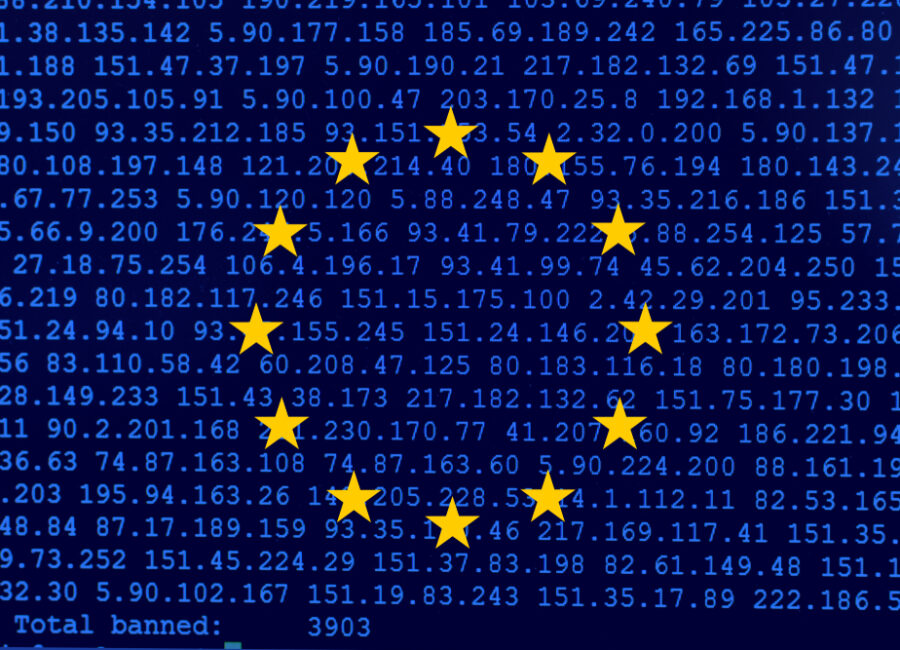
How crucial is Identity Security for your cybersecurity?
From sophisticated phishing scams to ransomware attacks, the news is flooded with reports highlighting the growing sophistication and frequency of cyberattacks.
Identity Security is essential for controlling access to systems and data, preventing unauthorized access and breaches, and providing robust, context-aware controls. Effective Identity Security enables organizations to detect and respond to threats in real-time, reducing the risk of insider threats and unauthorized access to sensitive information.



















